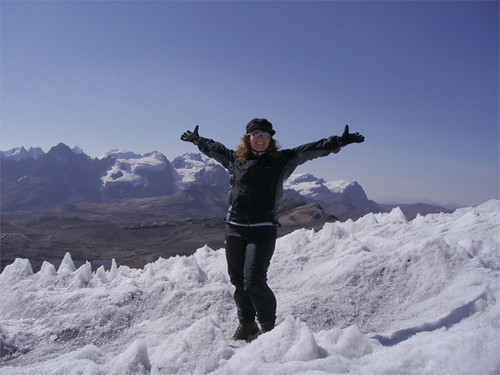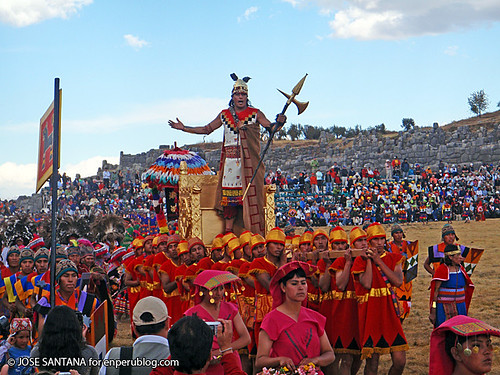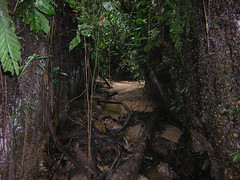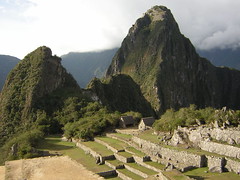Rimac
Cerro San Cristobal overlooks the historic district of Rimac, the other side of the river from the city centre. Never a very wealthy district, it’s first inhabitants were the indigenous from the region, the black population and the poor of the Spanish immigrant community. It became one of the most vibrant parts of the city and the centre for Lima’s entertainment – so much so that the rich of Lima often frequented it’s creole bars and restaurants, not forgetting its bullring. By the 18th it was the bastion of creole culture in Peru and the centre for the arts, music and food. Now with its buildings on the verge of collapse and memories of the Limeños of old fading, it was time to visit this important part of Lima’s history.
Plaza de Toros de Acho(Bullring of Acho)
The oldest bullring the the Americas and he 3rd oldest in all the world was built by Cristóbal de Bargas by order of Augustine Hipólito of Landauru during Spanish colonial times. Building started in 1760 and finished in 1768.
It was immensely popular during colonial times, and is still visited today. During October and November the Bullfighting Fair of the Señor de los Milagros takes place.
In 2001 it became the first bullring in the Americas visited by a Spanish king – Juan Carlos I.
Visiting costs S./5 and allows you to see exhibits of swords, capes and famous photos and paintings.
Cerro San Cristóbal(Saint Christopher Hill)
The cerro’s name tells of the legend of the few hundred Spanish soldiers led by Francisco Pizarro facing tens of thousands of native warriors on the other side of the river Rimac in 1536. Each time the warriors attempted to cross the river to engage the Spanish they would get caught in the strong currents and drown. After dozens of attempts and hundreds dead, the natives retreated and the Spanish declared it a miracle of Saint Christopher as he was the patron saint of that particular day.
When they were able to cross the river they organised a procession to the summit of the hill where they built a church and placed a large wooden cross. The church was destroyed by an earthquake in 1746. The cross replace by and iron one and inaugurated and blessed December 23, 1928.
The indigenous population used to carry tributes and sacrifices to the summit, the Spaniards went organised processions to the church on the summit and today people visit the summit for the views of the city. Tours can be taken from the Plaza de Armas. The Government has plans to build a cable-car to the top in the future.
Alameda de los Descalzos
Discussed here.
Tags: 1500s, 1700s, cerro san cristobal, colonial, lima, plaza de acho, rimac





![Lima’s Fog Nets, catching water for the city’s poor [Featured]](http://farm4.static.flickr.com/3104/2701242503_dc1648891d_m.jpg)
![Drug Lords vs. Chocolate: From Coca to Cacao in Peru [Featured]](http://farm1.static.flickr.com/55/112311448_4082aa7aa5_m.jpg)


![Who Needs Clubs When Everyone Is at the Cafe? [Featured]](http://graphics8.nytimes.com/images/2006/04/16/travel/16lima.slide5.jpg)
